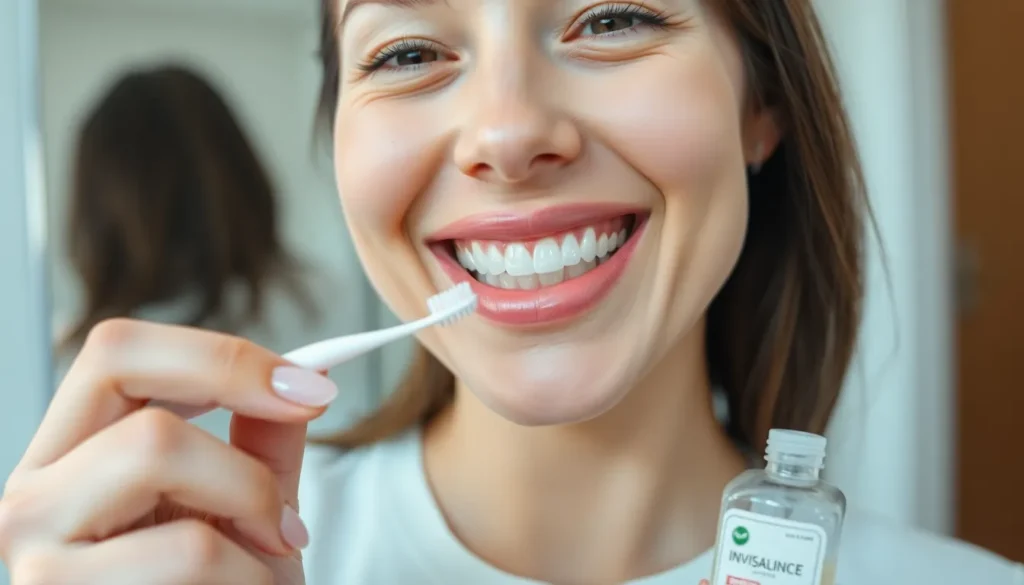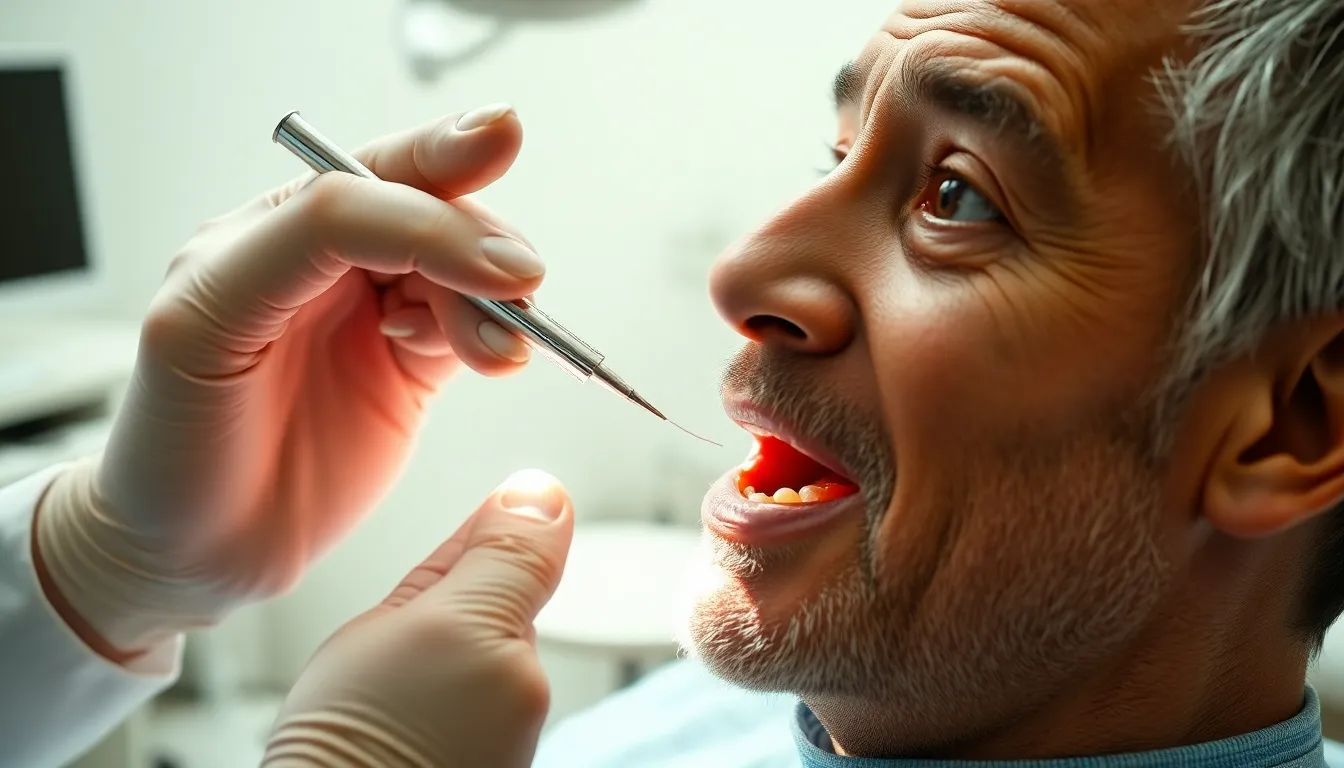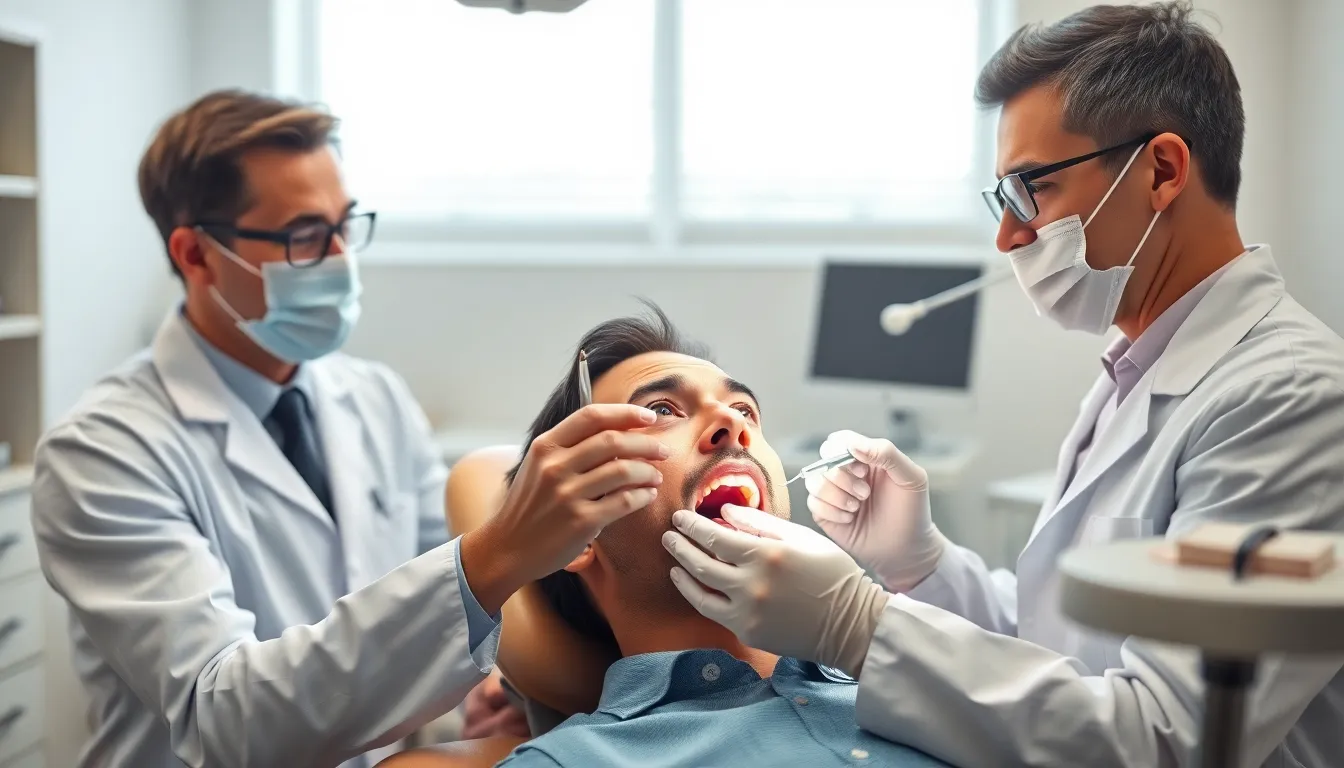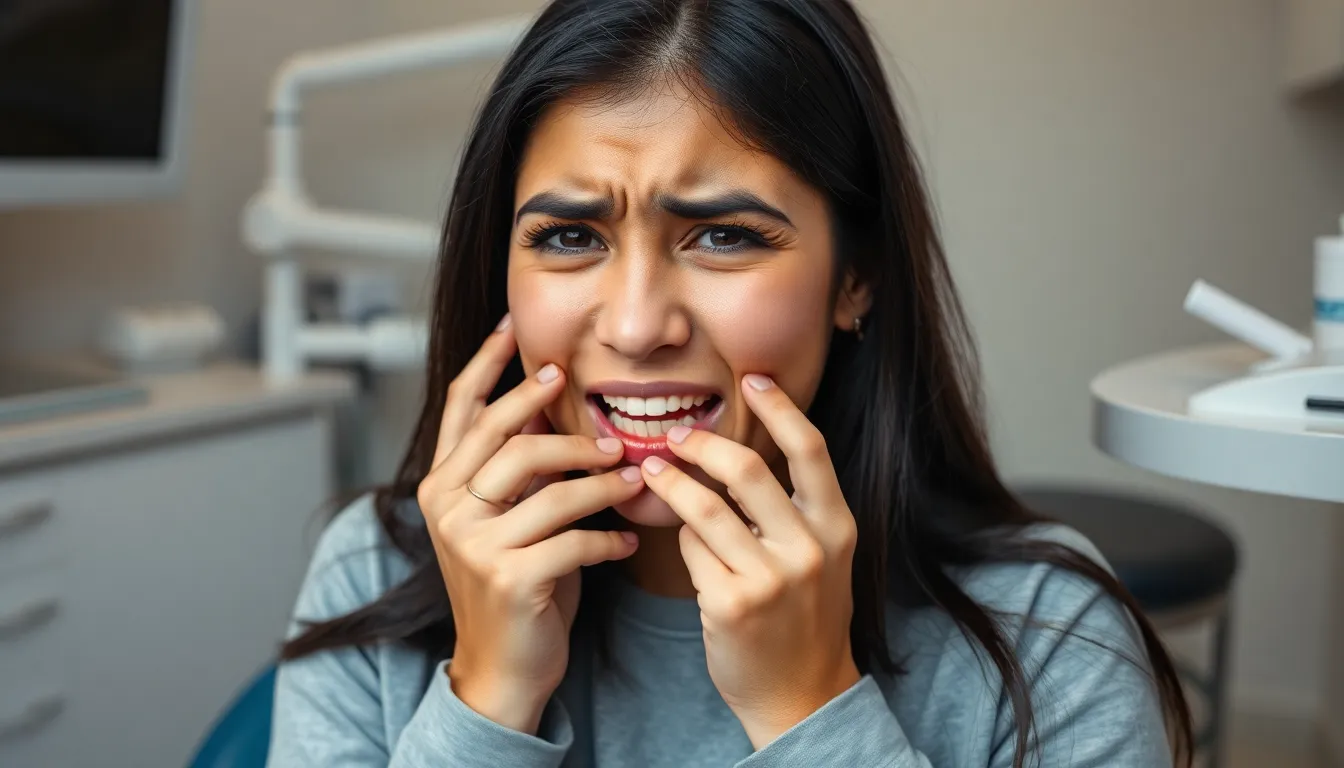Are you struggling with stains on your Invisalign attachments? Those small tooth-colored bumps help your aligners grip properly, but they’re notorious for collecting stains that can make your smile less than dazzling.
Maintaining pristine Invisalign attachments isn’t just about aesthetics—it’s essential for your confidence throughout treatment. Whether you’re battling coffee discoloration, food stains, or that yellowish tint that develops over time, you’ll find effective answers here. Your attachments can remain nearly invisible with the right cleaning techniques, ensuring your orthodontic journey stays discreet as intended.
Understanding Invisalign Attachment Staining
Invisalign attachments—those small, tooth-colored bumps that help your aligners grip properly—are prone to discoloration over time. These composite resin attachments have a slightly porous texture that makes them susceptible to staining from various sources in your daily diet and habits.
Common Causes of Stained Attachments
Food and beverages represent the primary culprits behind attachment staining. Coffee, tea, red wine, and dark sodas contain powerful chromogens that penetrate the composite material of attachments. Curry dishes, tomato-based sauces, and berries also leave behind colored compounds that adhere to attachments. Smoking introduces tar and nicotine that create yellowish-brown stains on both teeth and attachments. Poor oral hygiene allows plaque to accumulate around attachments, creating a yellowish appearance. Certain medications might contribute to discoloration as a side effect of treatment.
One of my patients, Sarah, came to me concerned about her yellowing attachments just two weeks into treatment. She’d continued her daily ritual of three cups of coffee without realizing how quickly the stains were developing. “I didn’t think my morning coffee would be visible on something so small,” she told me during her check-up appointment.
Types of Stains You May Encounter
Surface stains appear as light discoloration on the exterior of attachments and typically develop from recent contact with staining substances. These stains haven’t penetrated deeply and respond well to regular cleaning. Deep stains penetrate the porous structure of the attachment material and display more important discoloration. They result from prolonged exposure to staining agents and require more intensive cleaning methods. Yellow stains typically come from smoking, curry, or inadequate oral hygiene. Brown stains originate from coffee, tea, or cola consumption. Red or purple discoloration stems from red wine, berries, or tomato-based foods.
Daily Cleaning Methods to Prevent Staining
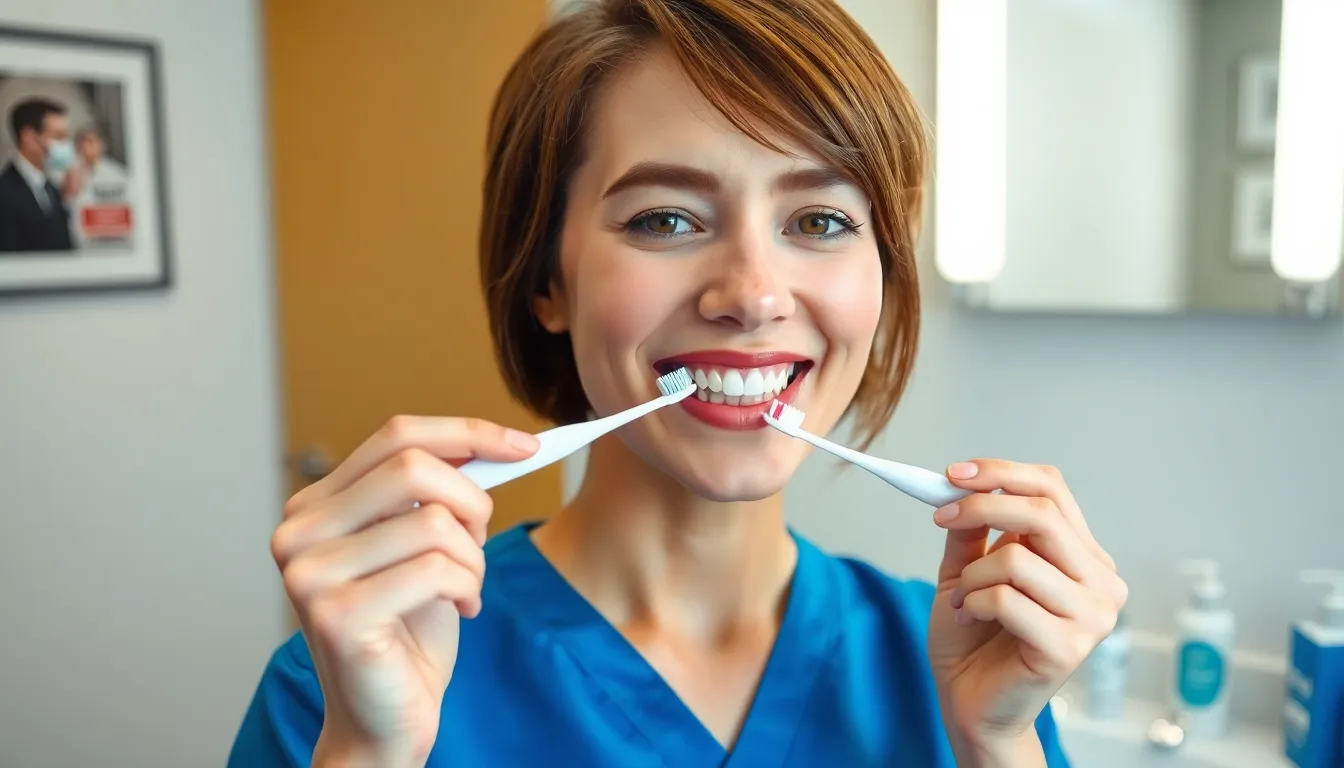
Establishing a consistent daily cleaning routine is essential for preventing stains on your Invisalign attachments. Regular maintenance keeps your attachments clear and nearly invisible throughout your treatment journey.
Proper Brushing Techniques
Gentle brushing around attachments with a soft-bristled toothbrush prevents damage while effectively removing potential staining agents. Dedicate at least two minutes to thoroughly clean both your teeth and attachments, ensuring you reach all surfaces. For your aligners, use a separate toothbrush with mild soap or an approved cleaning solution during daily cleaning. Avoid hot water and abrasive cleaners as they can warp or damage your trays.
Dr. Harris often tells patients, “The difference between stained and clear attachments often comes down to those extra 30 seconds spent carefully brushing around each attachment.”
Using the Right Toothpaste
Clear or white non-abrasive toothpaste works best for cleaning around Invisalign attachments without causing damage. Whitening toothpastes containing hydrogen peroxide offer dual benefits – they clean effectively while helping reduce existing stains on both teeth and attachments. Many patients find that incorporating a hydrogen peroxide mouthwash into their routine provides additional stain protection.
One patient, Michael, struggled with yellowing attachments until switching to a peroxide-based toothpaste. “After just one week of using the new toothpaste, I noticed my attachments looking clearer and more discreet during meetings,” he shared.
For additional stain prevention, soak your aligners in denture cleaner or Invisalign cleaning crystals for 15-20 minutes daily. Alternatively, create a soaking solution with equal parts hydrogen peroxide and lukewarm water for 30 minutes, followed by thorough rinsing. Always rinse your mouth and brush your teeth after consuming staining foods or beverages before reinserting your aligners.
Effective Home Remedies for Removing Stains
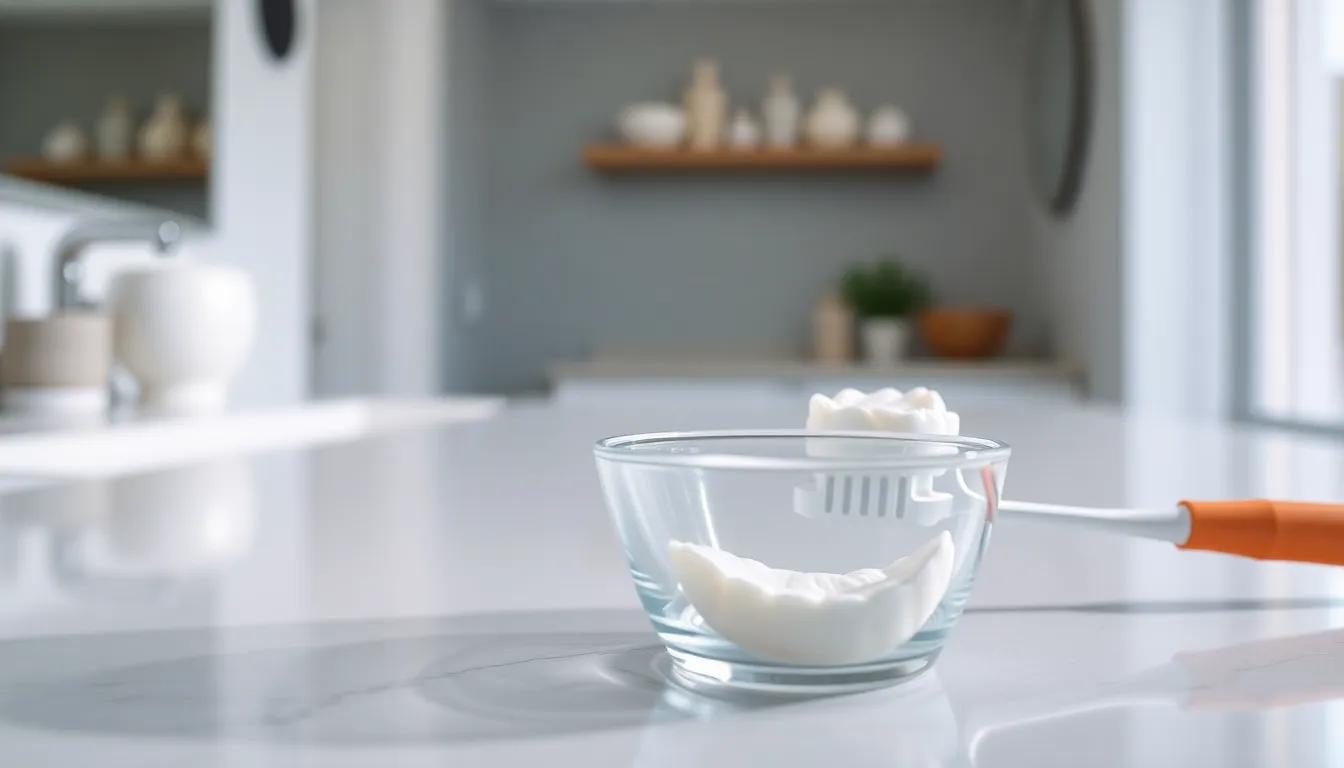
Invisalign attachments collect stains over time even though your best preventive efforts. Fortunately, several at-home remedies effectively restore clarity to these small bonded buttons without damaging them or interrupting your treatment plan.
Baking Soda Paste Treatment
Baking soda offers a gentle yet powerful solution for lifting surface stains from Invisalign attachments. Create a simple paste by combining 1 tablespoon of baking soda with ½ cup of water until it reaches a smooth consistency. Apply this mixture directly to the stained attachments using a soft-bristled toothbrush, gently brushing in circular motions for about 30 seconds per area. Many patients find this method particularly effective for removing light coffee and tea stains that accumulate throughout the day.
“I noticed my attachments turning slightly yellow after just three weeks of treatment,” shares Emily, a recent Invisalign patient. “My orthodontist recommended the baking soda method, and after using it twice a week, the stains lightened considerably, making my attachments nearly invisible again.”
Hydrogen Peroxide Solution Method
Hydrogen peroxide breaks down stubborn stain molecules through its oxidizing properties, making it effective for more persistent discoloration on Invisalign attachments. Dilute a 3% hydrogen peroxide solution with equal parts water to create a safe mouth rinse. Gently brush the solution onto your attachments using a soft toothbrush, or swish it around your mouth for 30 seconds before thoroughly rinsing with water. This treatment works particularly well on yellowish stains from curry, turmeric, and other intensely colored foods.
Limiting this treatment to once weekly prevents potential gum irritation while still providing noticeable stain reduction benefits. Dr. Todd B. Harris notes, “Hydrogen peroxide offers excellent stain-fighting properties, but moderation is key. Patients who follow the dilution guidelines typically see important improvement without any negative effects on their treatment progress.”
For optimal results, combine these home remedies with preventive practices like drinking colored beverages through a straw, rinsing your mouth after meals, and maintaining consistent brushing and flossing habits. These simple techniques help maintain the clear appearance of your attachments throughout your Invisalign treatment journey.
Professional Cleaning Options
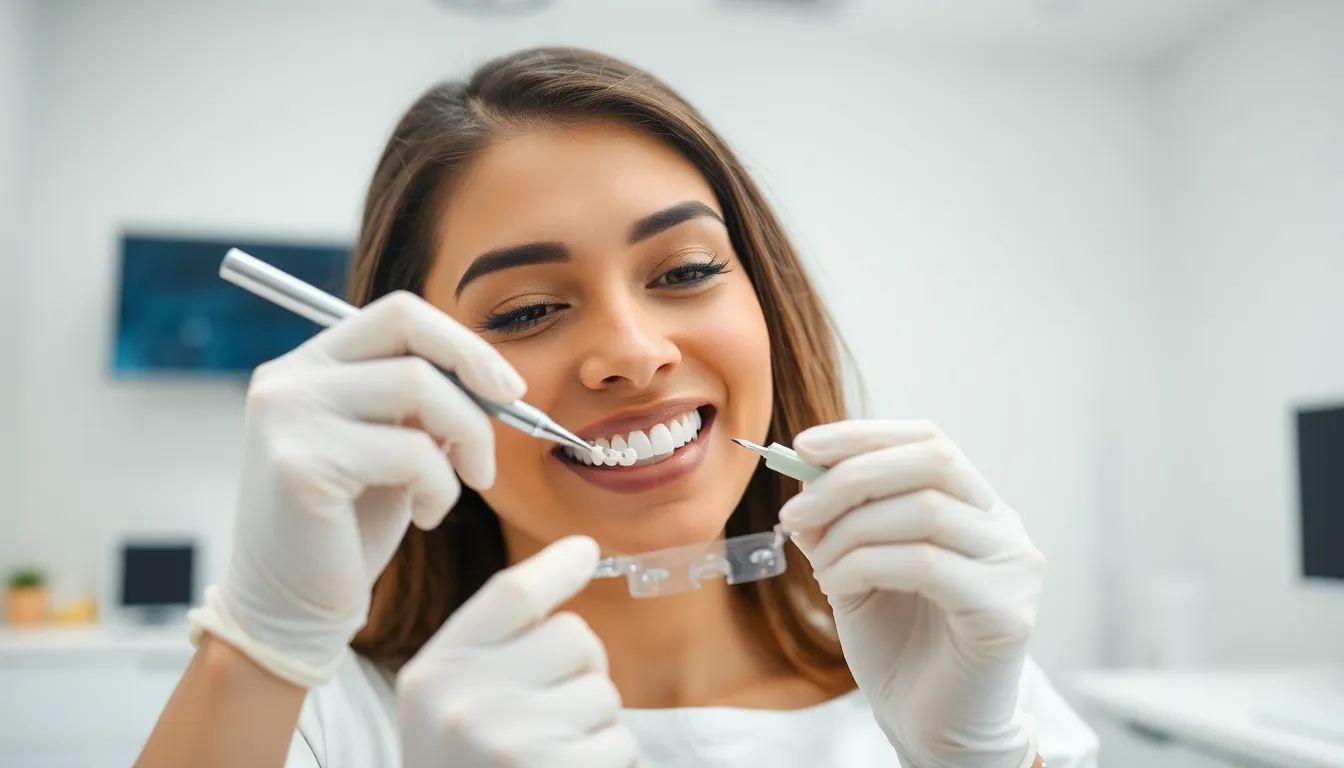
When at-home cleaning methods don’t effectively remove stains from your Invisalign attachments, professional answers offer more powerful alternatives. Dental professionals have specialized tools and techniques specifically designed to tackle stubborn discoloration on attachments.
When to See Your Orthodontist
Contact your orthodontist if regular cleaning routines aren’t removing attachment stains. Persistent discoloration often signals a need for professional intervention. Your orthodontist can evaluate the severity of staining and recommend appropriate treatments based on your exact situation.
Many patients experience frustration with stubborn stains even though diligent home care. Dr. Todd B. Harris recalls a patient named Alex who came in concerned about yellow stains on his attachments that wouldn’t budge even though trying multiple home remedies. “We were able to completely restore the original appearance of Alex’s attachments with our professional cleaning protocol, and he left feeling much more confident about smiling during his remaining treatment time,” Dr. Harris notes.
Professional cleaning appointments typically involve resurfacing the attachments to remove superficial stains effectively. This procedure uses specialized polishing instruments that can reach areas difficult to clean at home. Your orthodontist might also assess your oral hygiene practices and suggest improvements to prevent future staining issues.
Professional Whitening Treatments
Professional whitening treatments complement attachment cleaning for a comprehensive aesthetic improvement. These treatments enhance both your natural teeth and attachment appearance for a more uniform look. Dental offices offer stronger bleaching agents than what’s available over the counter, providing more dramatic results.
In-office whitening procedures typically take 60-90 minutes and deliver immediate results. Take-home professional whitening kits prescribed by your orthodontist offer a more gradual approach with custom-fitted trays.
Lisa, another patient of Dr. Harris, opted for professional whitening alongside her attachment cleaning. “The combination treatment made a remarkable difference,” she shared. “My attachments became virtually invisible again, and my overall smile looked brighter, which made continuing my Invisalign treatment much more enjoyable.”
Professional options cost more than home treatments but provide superior results for stubborn stains. Many orthodontists include cleaning services as part of regular Invisalign check-ups, making it convenient to maintain both the progress of your treatment and the appearance of your attachments simultaneously.
Preventing Future Stains on Attachments
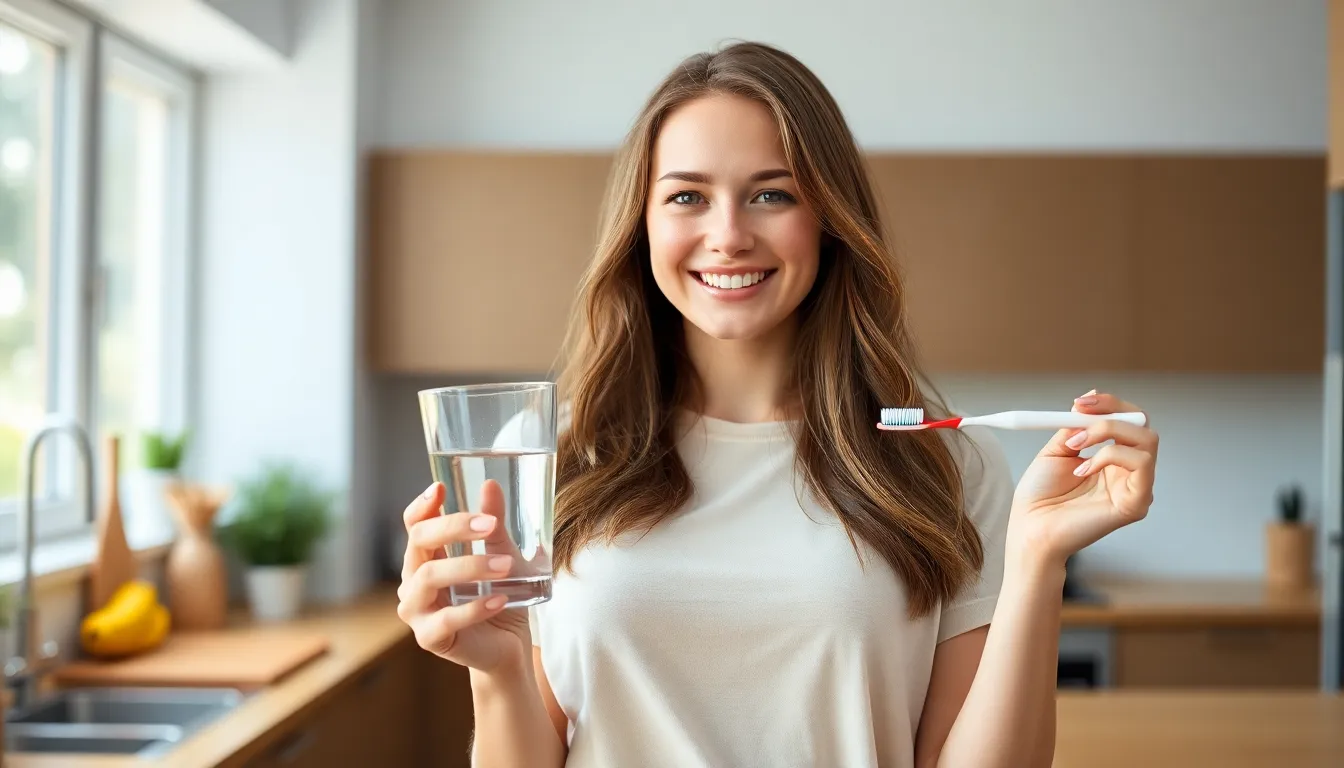
Maintaining stain-free Invisalign attachments requires proactive prevention strategies. With some simple adjustments to your daily habits, you can significantly reduce the risk of discoloration throughout your treatment.
Foods and Drinks to Avoid
Certain consumables are notorious for staining Invisalign attachments due to their high pigmentation levels. Coffee, tea, red wine, and dark sodas contain chromogens that readily attach to the slightly porous surface of your attachments. Curry dishes, tomato-based sauces, berries, and balsamic vinegar also pose staining risks. Tobacco products cause particularly stubborn yellowish-brown discoloration on both teeth and attachments.
“I noticed my attachments turning yellow after just two weeks of treatment,” shares Sarah, one of our patients. “My morning coffee ritual was the culprit, but after limiting my intake and always rinsing afterward, the staining became much less noticeable.”
When consuming these items, remove your aligners first and rinse your mouth thoroughly afterward. Using a straw for beverages positions the liquid away from your front teeth and attachments, minimizing contact with staining agents. Clear or light-colored foods and drinks like water, clear broths, and white wine present lower staining risks.
Lifestyle Changes That Help
Implementing consistent oral hygiene practices forms the foundation of attachment stain prevention. Brush your teeth after every meal before reinserting your aligners to remove food particles and pigments before they settle into attachments. Carry a travel-sized oral hygiene kit containing a toothbrush, toothpaste, and floss for on-the-go cleaning.
Rinsing with water represents a simple yet effective habit when brushing isn’t immediately possible. A 30-second vigorous rinse dislodges food particles and dilutes potential staining agents. Adding alcohol-free mouthwash to your routine provides additional cleaning benefits without drying out your mouth.
Dr. Todd B. Harris recommends, “Scheduling your coffee or tea consumption during a single period each day rather than sipping throughout helps limit exposure to staining agents. This concentrated approach allows for thorough cleaning afterward instead of repeatedly exposing your attachments to stains.”
Regular dental cleanings every 3-6 months remove surface stains before they become deeply embedded. Many patients find investing in an electric toothbrush improves their cleaning effectiveness around attachments. For optimal results, combine these lifestyle adjustments with the proper cleaning techniques to maintain the discreet appearance of your Invisalign attachments throughout your treatment journey.
Conclusion
Keeping your Invisalign attachments stain-free doesn’t have to be complicated. With consistent daily cleaning habits and quick action when stains appear you’ll maintain that nearly invisible treatment experience. Remember to use appropriate cleaning products avoid staining foods and beverages when possible and don’t hesitate to seek professional help for stubborn discoloration.
Your confidence during Invisalign treatment largely depends on how well you maintain these small but noticeable attachments. By implementing the cleaning techniques prevention strategies and professional options outlined here you’ll enjoy a more discreet orthodontic journey with minimal interruption to your lifestyle and appearance.
Frequently Asked Questions
What causes Invisalign attachments to stain?
Invisalign attachments stain due to their slightly porous texture, which makes them susceptible to discoloration from common foods and beverages. The main culprits are coffee, tea, red wine, dark sodas, curry dishes, and tobacco products. These items contain chromogens (color particles) that can adhere to the attachments, causing yellowish-brown discoloration over time.
How can I prevent my Invisalign attachments from staining?
Establish a consistent daily cleaning routine including gentle brushing around attachments with a soft-bristled toothbrush for at least two minutes. Use clear or white non-abrasive toothpaste, preferably with hydrogen peroxide. Remove aligners before consuming staining foods/beverages, rinse your mouth afterward, and consider drinking colored beverages through a straw to minimize contact with attachments.
What’s the best toothpaste to use with Invisalign attachments?
The best toothpastes for Invisalign attachments are clear or white non-abrasive formulations. Hydrogen peroxide-based toothpastes offer additional stain-reducing benefits by gently whitening both your natural teeth and attachments. Avoid colored or highly abrasive toothpastes as they can damage aligners and potentially cause additional staining on the attachments.
How do I clean stained Invisalign attachments at home?
Create a baking soda paste by mixing baking soda with water until it forms a thick consistency. Gently brush this paste onto stained attachments for 30 seconds, then rinse thoroughly. Alternatively, use a diluted hydrogen peroxide solution (equal parts water and 3% hydrogen peroxide) as a mouth rinse. Use these methods moderately to avoid gum irritation.
When should I seek professional cleaning for stained attachments?
Seek professional cleaning when home remedies fail to remove stubborn stains after consistent application, or if attachments have developed deep discoloration. Your orthodontist has specialized tools and techniques to restore the original appearance of your attachments without compromising your treatment. Professional intervention is also recommended if you notice any unusual changes in attachment texture or appearance.
Can I use whitening products on Invisalign attachments?
Over-the-counter whitening products aren’t specifically designed for Invisalign attachments and may cause uneven results. Professional whitening treatments administered by your dentist are safer and more effective. However, always consult your orthodontist before using any whitening products during Invisalign treatment, as they can provide guidance tailored to your specific situation.
Do I need to clean my aligners differently than my attachments?
Yes. Use a separate soft toothbrush for aligners with mild soap or Invisalign cleaning crystals—never regular toothpaste, which can be abrasive. Avoid hot water as it can warp the plastic. Soak aligners daily in denture cleaner or a hydrogen peroxide solution. Meanwhile, attachments are cleaned while brushing your teeth with appropriate toothpaste and a soft-bristled brush.
Will stained attachments affect my Invisalign treatment results?
Stained attachments don’t directly impact the effectiveness of your Invisalign treatment. They’re purely an aesthetic concern. The attachments will continue to function properly regardless of discoloration. However, maintaining clean attachments helps preserve the discreet nature of Invisalign treatment, keeping them as invisible as possible throughout your orthodontic journey.
How often should I have professional cleanings during Invisalign treatment?
Continue your regular 6-month dental cleaning schedule during Invisalign treatment. These professional cleanings help remove stubborn stains from both teeth and attachments. Many orthodontists also recommend scheduling cleaning appointments to coincide with your regular Invisalign check-ups (typically every 6-8 weeks) for convenience and optimal maintenance of both treatment progress and attachment aesthetics.
Can I remove Invisalign attachments if they become too stained?
No, you cannot remove Invisalign attachments yourself—they are bonded to your teeth by your orthodontist using dental composite material. If attachments become severely stained and cleaning methods aren’t effective, consult your orthodontist. They can evaluate whether it’s possible to remove and replace particularly discolored attachments without compromising your treatment plan.

